Why is the stall current of the motor so large? It can be understood from different angles!
Stalling is a state in which the rotor is stationary relative to the stator, which may occur during motor testing or operation.
During the motor test, some performance parameters of the motor are measured and evaluated through the current and loss under different voltage conditions when the rotor is blocked. This is a manual operation process. During the operation of the motor, when the motor is overloaded, under-voltage or other problems occur, the motor speed may slow down or even stop rotating. This is a taboo operating failure during the operation of the motor.
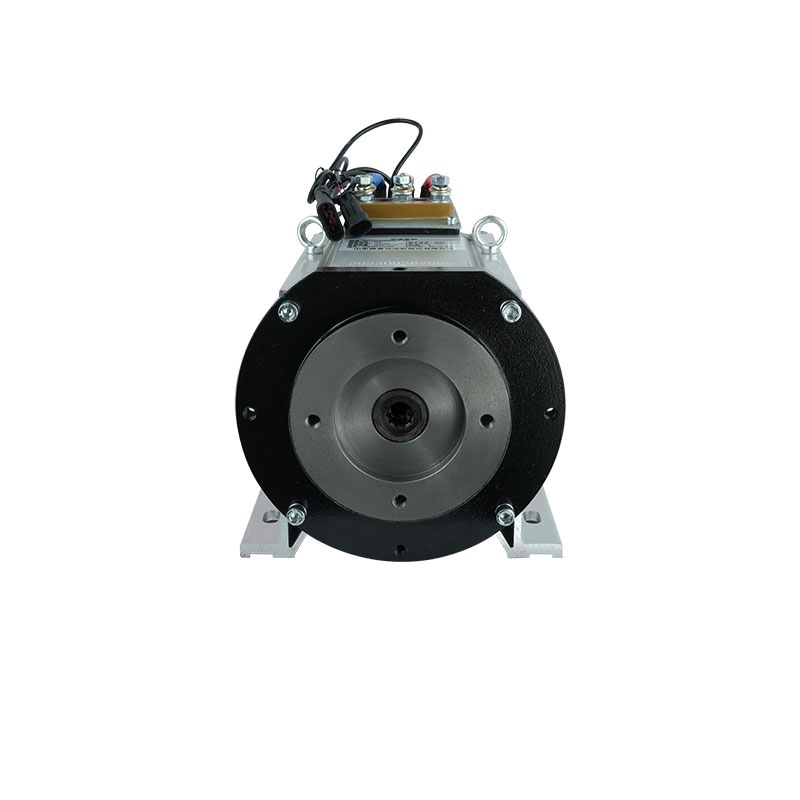
But no matter which factor causes the rotor to stall, the end result is a cliff-like increase in the motor current, and the motor winding may be in danger of being burned out instantly.
The essence of motor rotor rotation is due to the effect of the back EMF generated by the rotor part on the closed circuit; the back EMF of some motors (such as the open-circuit voltage of a wound rotor motor) can be measured directly, while the back EMF of some motor rotors can only be calculated indirectly.
At the moment the motor starts, the rotor is in a relatively static state after voltage is applied to the motor. The current in this state is relatively large. As the motor speed increases, the current will gradually decrease.
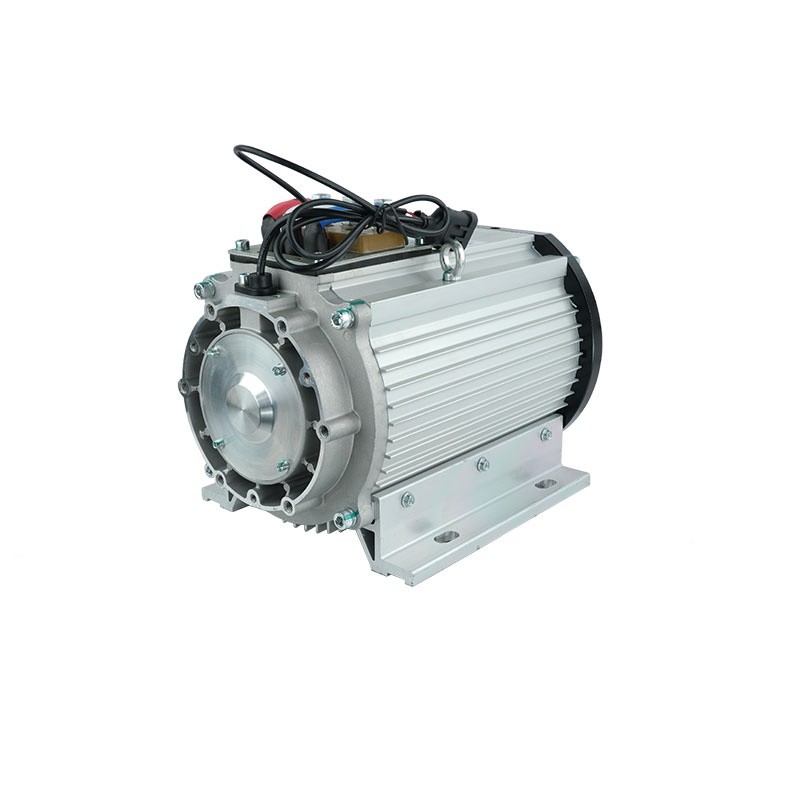
Next, we will understand the changing characteristics of the current from the process of motor starting. At the moment the motor is powered on, the rotor is almost motionless and the current is the largest, generating a "reverse electromotive force" in the rotor, which is opposite to the voltage loaded on the stator part and plays a role in constraining the current. At the beginning, the reverse electromotive force is very small, the current is very large, the motor's torque is also large, and the speed gradually increases; as the speed increases, the reverse electromotive force also increases, and the motor's current decreases. When the dynamic torque and the resistance torque reach a balance, the motor will enter a relatively constant speed operation.
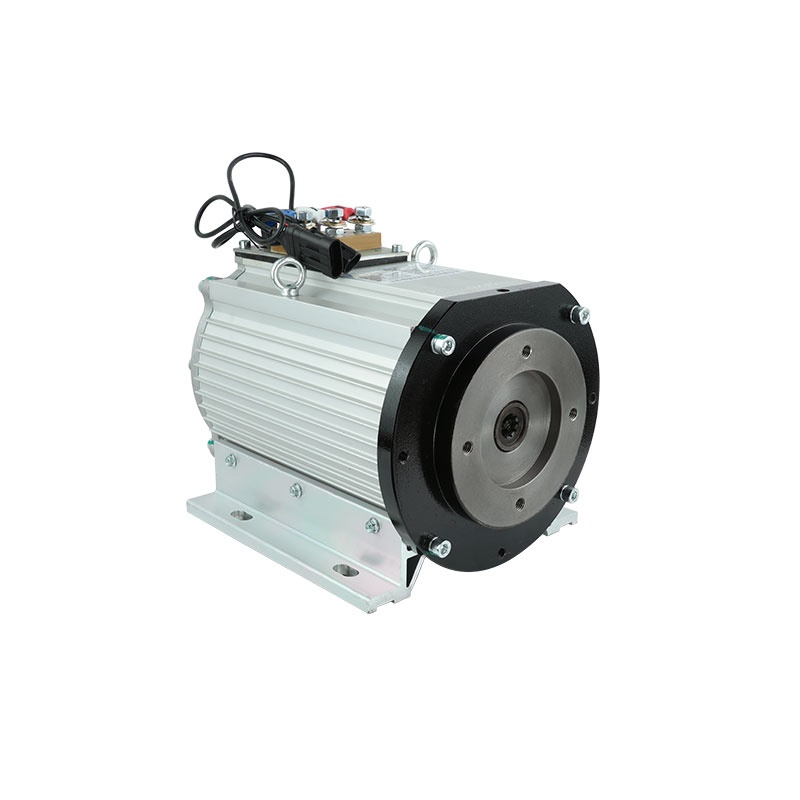
From this we can conclude the following viewpoints: Regardless of whether it is a DC motor or an AC motor, a reverse electromotive force will be generated when the rotor rotates. The higher the speed, the greater the reverse electromotive force, and the closer it is to the input voltage. This voltage almost cancels out the input voltage, so the current is very small when it is unloaded. When loaded, the speed slows down, the reverse electromotive force decreases, and the load current increases; when the rotor is blocked, the reverse electromotive force is zero, and the load current is maximum at this time.



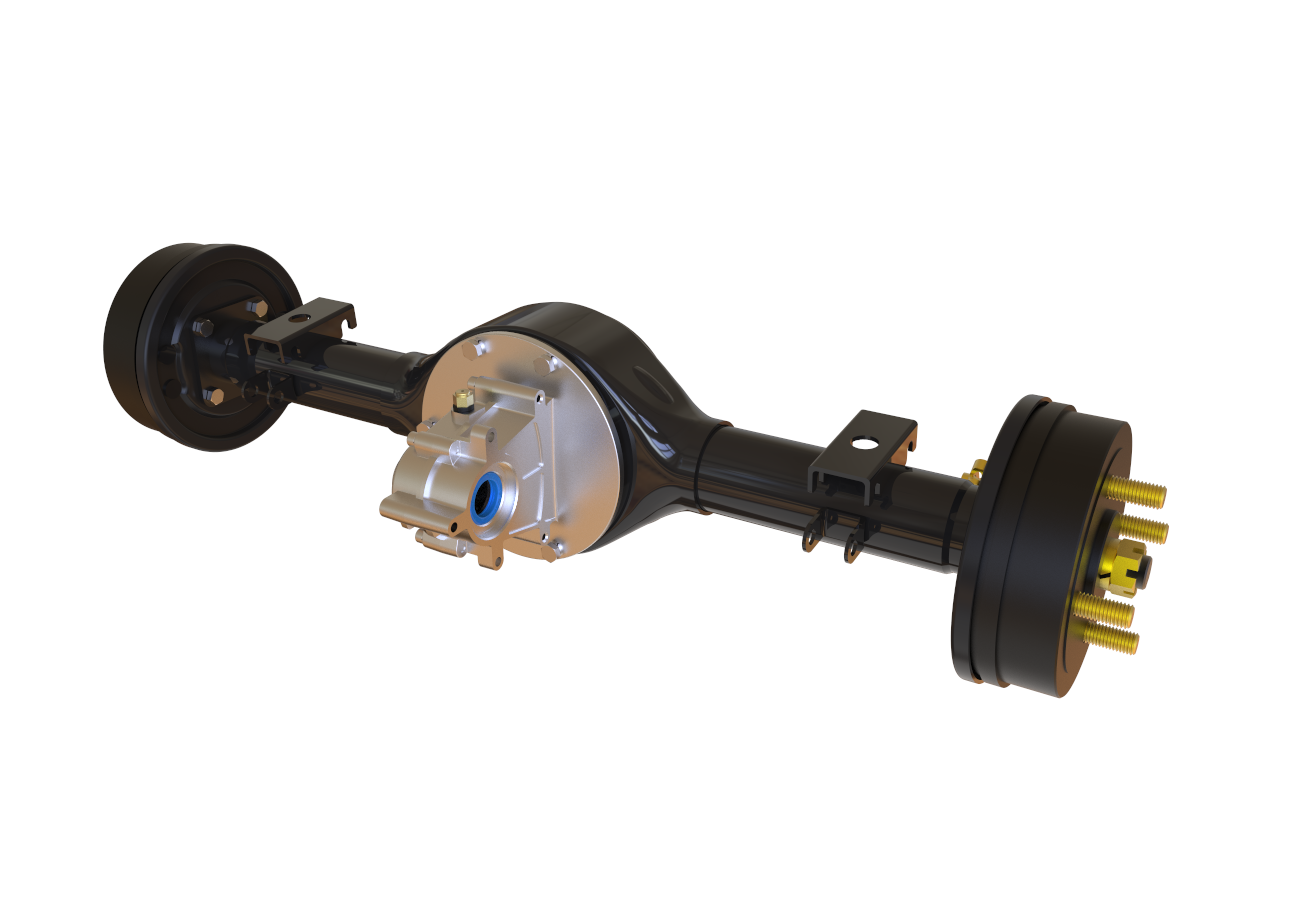


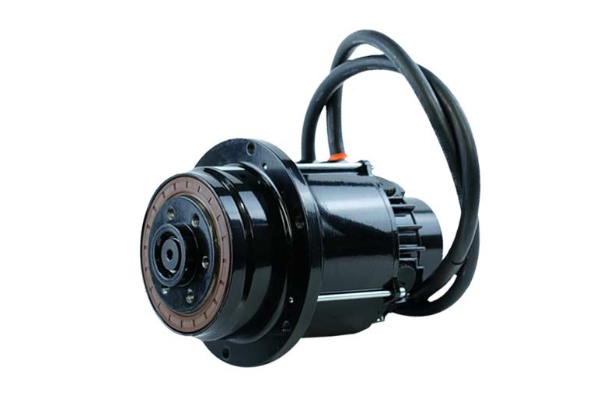
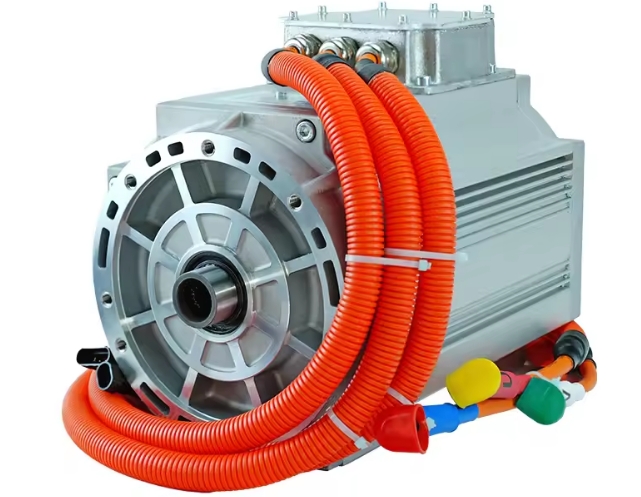
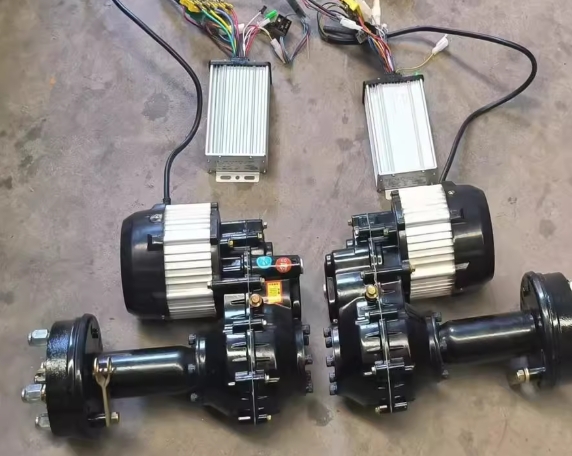
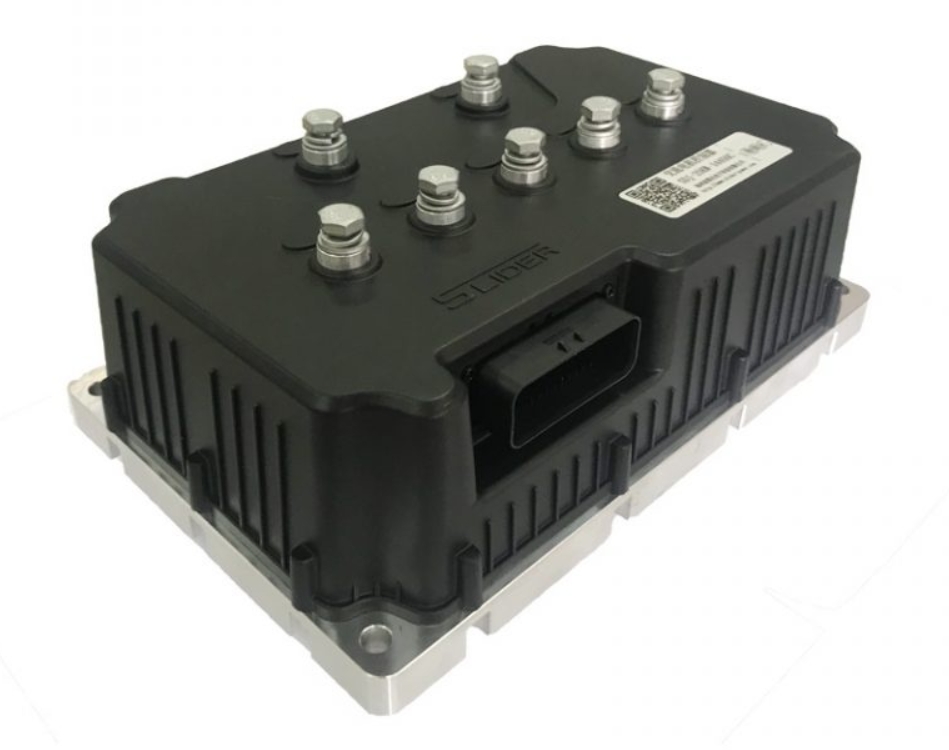

















 XINDA
XINDA